What’s the Difference Between Poisonous and Venomous Animals?
The first known venomous frogs, discovered in Brazil, raise some basic questions about toxic biology
:focal(510x186:511x187)/https://tf-cmsv2-smithsonianmag-media.s3.amazonaws.com/filer/61/43/614309cf-b23d-422a-b624-54933a302c00/corytho_hand_edit.jpg)
Amid an arid forest of cacti, Corythomantis greeningi frogs look pretty harmless. In contrast to the bright cautionary colors of poison dart frogs, these tree frogs sport drab brown and green hues. So when Carlos Jared of Brazil’s Butantan Institute ventured out to collect and study them, he didn’t think they posed much of a threat—until he felt pain in his palm.
“It took me a long time to realize that the pain had a relationship with the intense and careless collection of these animals hitting the palm of my hands,” recalls Jared. The biologist fell prey to a totally unique defense mechanism: The helmet-headed frogs use spikes along their lips to inject potent chemicals, giving aggressors a mix between a head butt and a toxic smooch. After careful study, Jared and his team found that C. greeningi and a related species of hylid frog, Aparasphenodon brunoi, are the only venomous frogs known to science.
“This is very, very cool. Unprecedented would actually be an understatement,” says Bryan Fry, a molecular biologist at the University of Queensland who was not affiliated with the study. But if we already knew frogs could be poisonous, why is this discovery such a big deal? The answer lies in the often-misunderstood difference between poison and venom.
Some people use the words interchangeably because once in the body, the chemicals do similar damage, attacking the heart, brain or other vital targets. But the terms do mean very different things. Traditionally, venomous creatures bite, sting or stab you to do their damage, while you have bite or touch poisonous critters to feel their effects. That means venomous organisms need a way in, like fangs or teeth. All octopuses are venomous, along with some squid, plenty of snakes, spiders, and scorpions, a few lizards, vampire bats and even the slow loris Nycticebus kayan. Some fish, including lionfish, use spines to sting attackers with venom. The Brazilian frogs aren’t even the only venomous amphibians. When attacked, Iberian ribbed newts push out their own ribs so that spikes on the ends jab a predator with toxin.
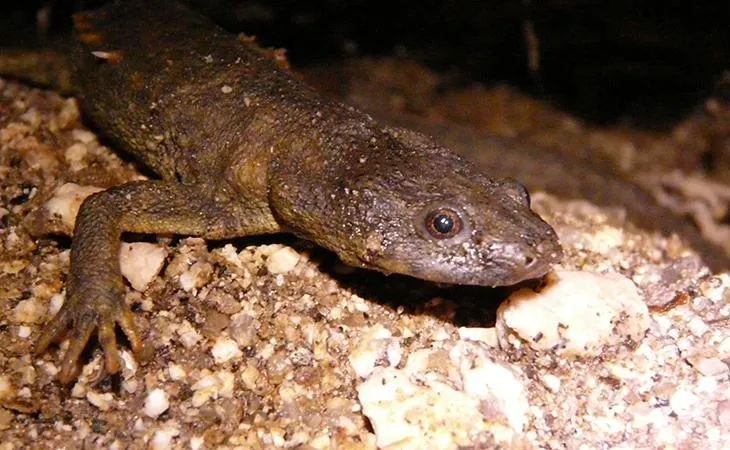
Poisonous organisms take a more passive approach, often lining the skin or other surfaces with toxic chemicals. Poisons can either be brewed from scratch inside the animal or acquired through diet. Cane toads naturally secrete poison they make in glands behind their ears. Meanwhile, poison dart frogs generate a highly poisonous alkaloid skin coating they derive from munching on ants. Mama frogs pass the chemical on to tadpoles via egg sacs, so if you take a young poison dart frog out of its natural habitat, it will actually lose toxicity.
Having to digest unsavory foods to survive may be what drove some organisms to evolve poisons, which are primarily used to defend against predators. “If this provided some protection against predation, you can see how this could favor the evolution of systems to actually concentrate the toxins in the skin rather than dispose of them,” explains Kyle Summers, an evolutionary biologist at East Carolina University.
By contrast, venoms evolved for defense, offense—or both. Some organisms even use venom in mating. The male platypus shoots his toxin out of tiny, prickly foot barbs to paralyze rival suitors.
Venoms have popped up on roughly 30 separate occasions across the tree of life, estimates Fry. Most derive from perfectly normal enzymes. For example, spider venom originated from a harmless hormone—the spider version of insulin. One way that can happen is when the gene for a common protein in one organ gets duplicated. The copy mutates and eventually shows up somewhere it’s not supposed to be—like the salivary glands in snakes. When the creature then bites prey or defends itself against a predator, the tweaked protein might be slightly toxic to their opponent. Over time, evolution favors the venomous members of the species and the enzyme evolves in potency.
In the case of the venomous frogs, both species were discovered in the 1800s, but they had hopped under the radar until now because no one had previously taken an in-depth look at their biology.
“Even the most recent book on Brazilian frogs lists them as nontoxic,” says study co-author Edmund Brodie, a biologist at Utah State University. So after Jared’s incident in the field, he wanted to figure out what kind of toxic wizardry might be at play. The researchers carefully collected wild C. greeningi and A. brunoi for lab tests. They found that both frogs secrete a sticky white concoction of compounds that contains some of the same characteristics as venom.
The team then saw that glands supply the toxin to spikes in the frogs’ skin. When the frogs flex their helmet heads up and down or side-to-side, the spikes jab the skin of unsuspecting predators (or scientists) like biological syringes, injecting small doses of the toxin into the bloodstream, Jared and his colleagues report today in Current Biology. Modern hylid frogs have no known predators. However, somewhere down the line it must have given them an advantage over something trying to eat them. Alternatively, like the male platypus, the frogs could be using their venom to take out mating competition.
Because the toxins get delivered in different ways, venoms tend to be larger compounds that must be injected to break through skin, while poisons are usually smaller chemicals that can be absorbed. So is one type of toxin fundamentally more potent than the other?
Golden poison arrow frogs can kill a human with as little as two micrograms of their alkaloid skin goo. Meanwhile, a single drop of inland taipan snake venom can kill 100 people. Compared to the Brazilian pitviper, C. greeningi is two times as lethal and A. brunoi is 25 times as lethal. Roughly one gram of A. brunoi’s venom could kill 300,000 mice or 80 humans. That said, the hylid frogs probably produce and deliver their venom in much smaller doses.
“The toxicity of both poisons and venoms varies dramatically across species in nature,” says Summers, so it’s impossible to say that one type of chemical weapon is fundamentally more dangerous. The main takeaway is that both venom and poison can kill you in truly horrifying and painful ways. Field biologists, beware.
/https://tf-cmsv2-smithsonianmag-media.s3.amazonaws.com/accounts/headshot/Screen_Shot_2014-01-27_at_12.05.16_PM.png)
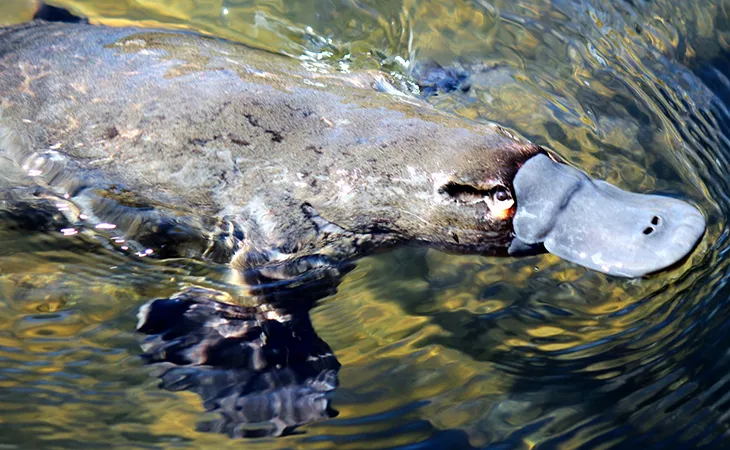
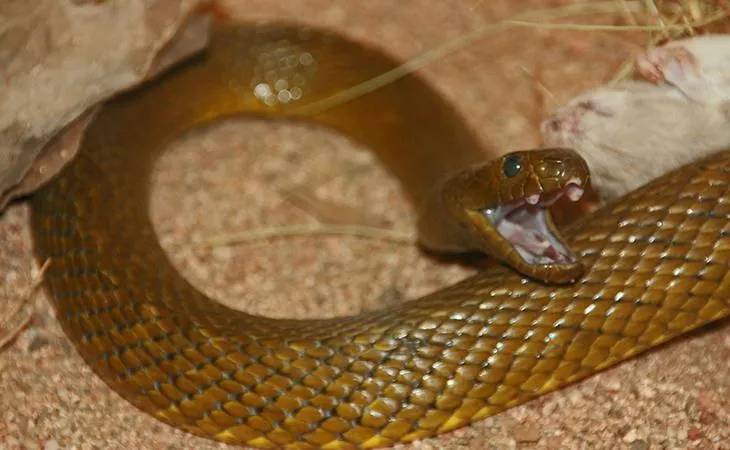
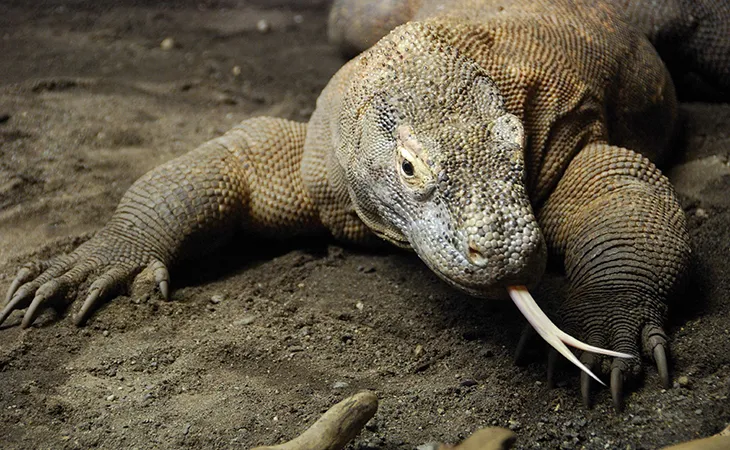
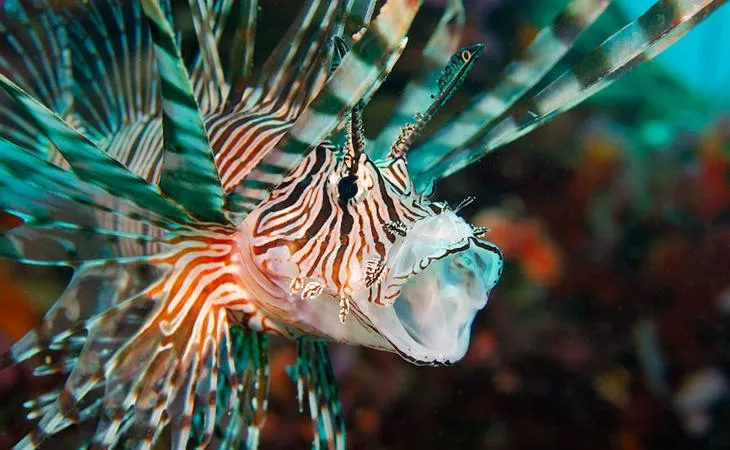
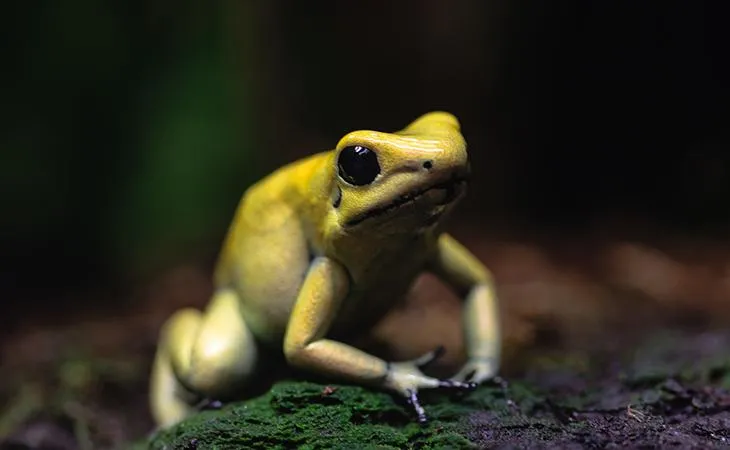
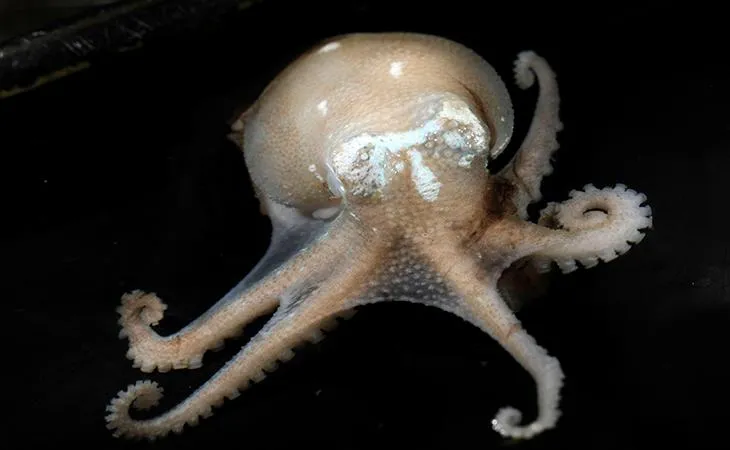
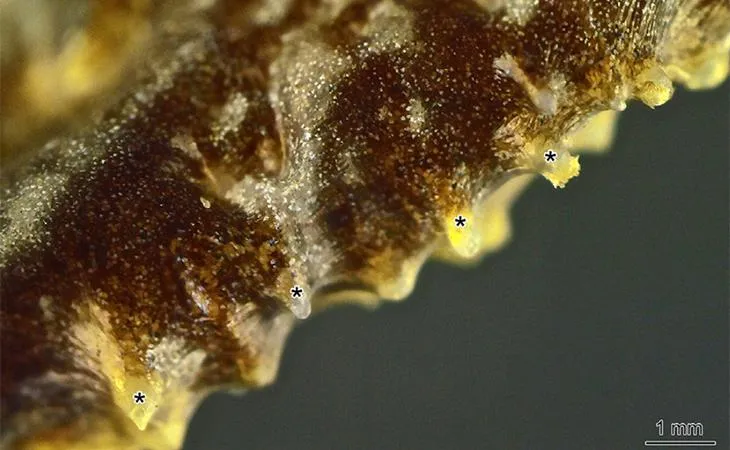
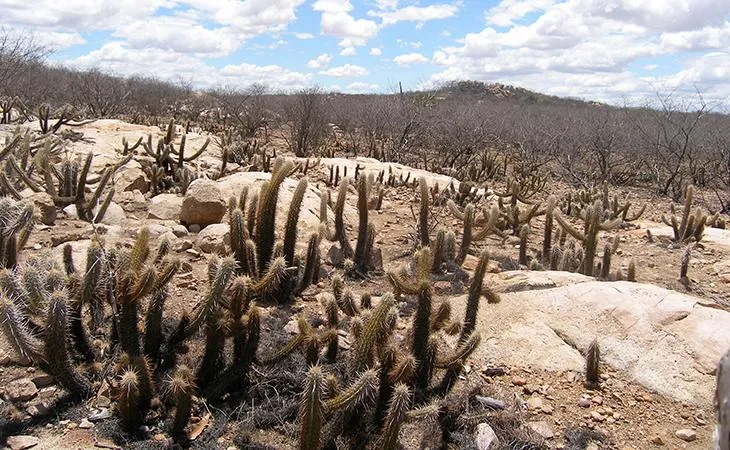

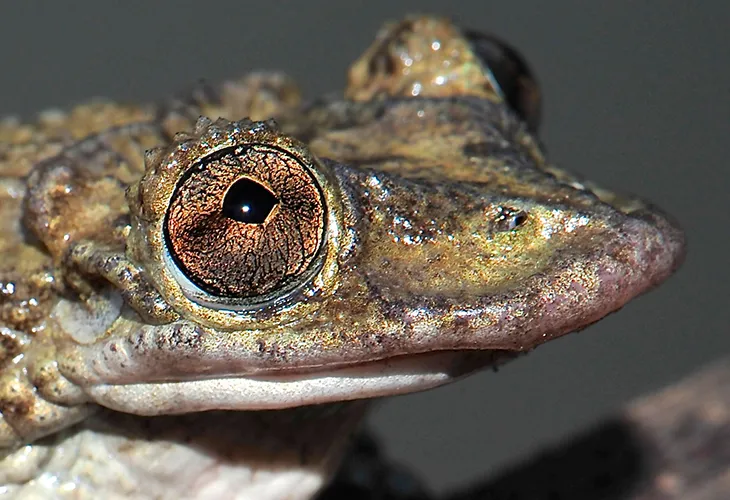
/https://tf-cmsv2-smithsonianmag-media.s3.amazonaws.com/accounts/headshot/Screen_Shot_2014-01-27_at_12.05.16_PM.png)